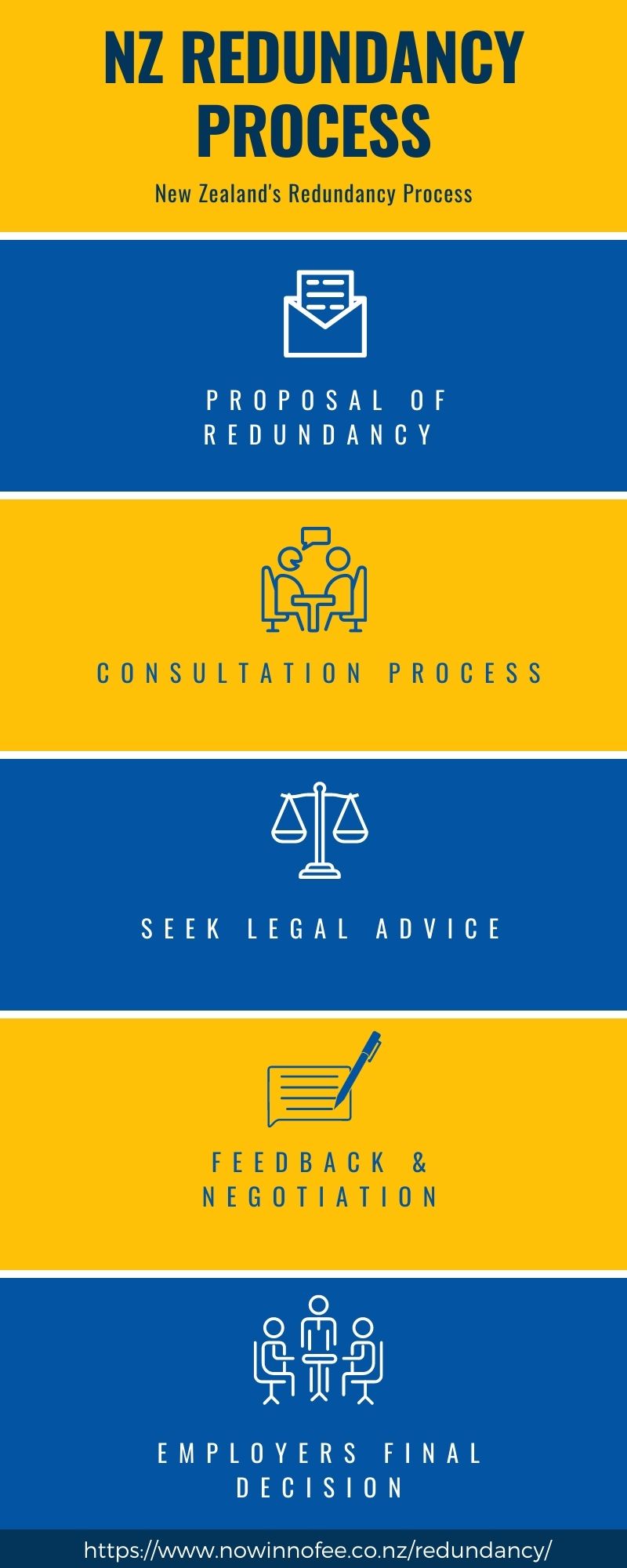Who Pays Redundancy Money? An In-depth Guide for Employers and Employees
Who Pays Redundancy Money? An In-depth Guide for Employers and Employees
Blog Article
Exploring the Operational Characteristics of Business Redundancy and Its Long-Term Sustainability

Redundancy Methods for Service Continuity
In order to ensure uninterrupted procedures, organizations have to implement effective redundancy strategies for service continuity. Redundancy in this context refers to the replication of critical components or functions within a system to reduce the effect of prospective failings. By including redundancy approaches, companies can enhance their durability versus interruptions triggered by different elements such as all-natural catastrophes, tools failures, or cyber-attacks.
One usual redundancy approach is the execution of back-up systems and data storage space solutions. This involves developing duplicates of crucial data and systems that can be turned on in case of a primary system failing. Furthermore, companies can develop redundant interaction channels and power sources to keep connectivity and procedures throughout unanticipated occasions.
Furthermore, cross-training staff members to perform several roles within the business can function as a valuable redundancy technique. If crucial workers are unavailable due to illness or other factors, this guarantees that vital jobs can still be carried out also. On the whole, effective redundancy techniques are important for services to maintain operational connection and decrease the impact of possible disturbances.
Impact of Redundancy on Organizational Durability
Given the essential role redundancy methods play in making sure organization continuity, discovering the impact of redundancy on organizational durability comes to be crucial for comprehending the alternative functional dynamics of a company. Organizational strength refers to an entity's capability to adjust to interruptions, recuperate from obstacles, and change when essential while preserving core features. Redundancy, when strategically carried out, can dramatically contribute to improving an organization's strength in the face of unforeseen challenges. By having backup systems, workers, or processes in position, business can better withstand shocks and proceed procedures with minimal disruption.
In addition, redundancy can promote innovation and imagination within an organization as staff members feel empowered to take calculated threats, understanding that there is a safety net to support them in instance of failure. In general, the impact of redundancy on business strength is profound, shaping the long-term sustainability and success of a company.
Balancing Efficiency and Adaptability in Redundancy
Accomplishing a harmonious balance in between functional efficiency and adaptive flexibility is a pivotal difficulty in the strategic release of redundancy within organizations. Also much flexibility without a strong operational structure can result in ineffectiveness and variance.
To balance performance and versatility in redundancy preparation, organizations must thoroughly assess their operational needs, market characteristics, and tactical objectives. Applying lean methods can enhance effectiveness by eliminating and enhancing processes waste, while cultivating a culture of flexibility and continuous her response enhancement can improve flexibility. In addition, purchasing cross-training programs and robust interaction networks can help grow a versatile labor force efficient in taking care of diverse jobs throughout periods of shift. Ultimately, discovering the best equilibrium between effectiveness and adaptability is crucial for constructing a lasting and resistant company in the face of uncertainty.
Long-Term Sustainability Through Redundancy Planning
To ensure enduring feasibility and stability, organizations have to tactically align their redundancy planning with long-term sustainability goals, thus balancing functional efficiency with adaptive adaptability. Long-lasting sustainability with redundancy planning entails greater than simply short-term cost-cutting actions. It calls for a comprehensive tactical technique that prepares for future challenges and chances. Business must view redundancy not as a reactive option to prompt troubles however as an aggressive method for lasting success. By integrating redundancy preparation with sustainability purposes, companies can create a durable framework that weblink can hold up against numerous market changes and internal changes.

Aggressive Measures for Lasting Business Operations
How can firms proactively enhance their functional sustainability for lasting success? Applying aggressive measures is necessary for firms intending to make certain lasting procedures.
Additionally, promoting a culture of continuous renovation and knowing within the organization can enhance flexibility to altering market problems and customer demands. Urging worker involvement in decision-making procedures and offering possibilities for specialist development can increase morale, productivity, and overall efficiency. Developing clear goals, keeping track of crucial performance indications, and routinely evaluating progress are vital parts of positive sustainability management.
Teaming up with vendors, clients, and other stakeholders to advertise sustainable techniques throughout the supply chain can create a ripple effect of favorable effect - redundancy pay if company goes bust. By taking positive steps towards operational sustainability, business can build durability, drive development, and safeguard their long-lasting success in an ever-evolving company landscape
Verdict

In the world of organizational monitoring, the critical release of firm redundancy stands as an essential yet complex practice that necessitates a delicate balance in between functional performance and long-term practicality. By dissecting the operational characteristics that underpin firm redundancy and assessing its broader ramifications for business resilience and adaptability, a nuanced understanding of how redundancy approaches can shape the future trajectory of a business begins to unfold.Offered the important duty redundancy methods play in ensuring organization continuity, see this page exploring the influence of redundancy on business durability comes to be imperative for recognizing the alternative operational characteristics of a company. In general, the effect of redundancy on organizational durability is extensive, shaping the long-lasting sustainability and success of a company.
In verdict, understanding the functional characteristics of firm redundancy is critical for making sure lasting sustainability.
Report this page